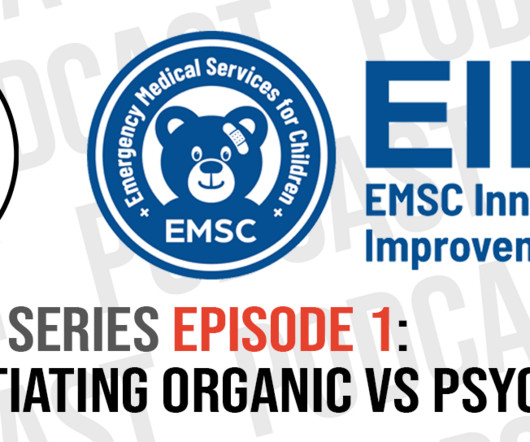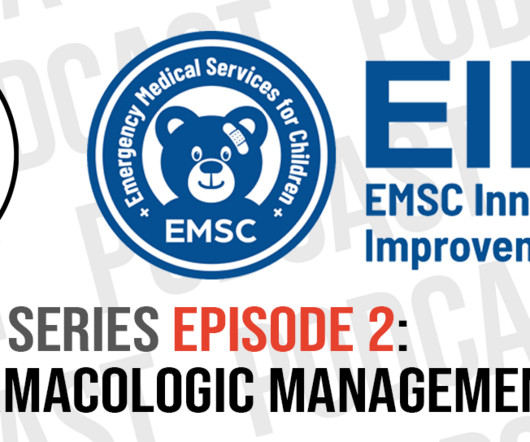Be The Market: How Doctors Should Invest Their Money
The Motivated MD
OCTOBER 10, 2024
As I continue onward in my journey writing a physician finance guide one chapter at a time, I wanted to tackle investing. For physician approaching retirement, for example, the threat of a recession may loom heavily over their finances. This means they likely can be more aggressive by housing most of their portfolio in stocks.













Let's personalize your content